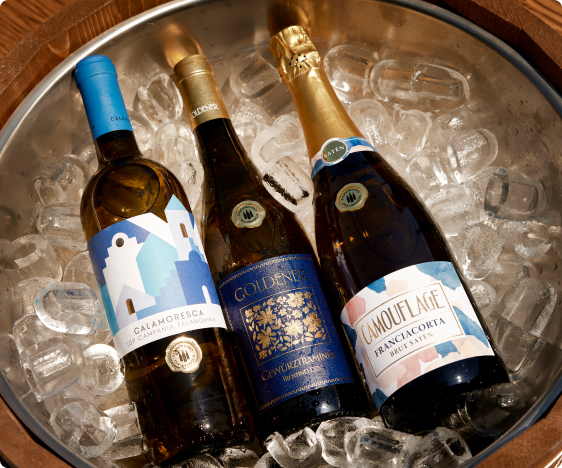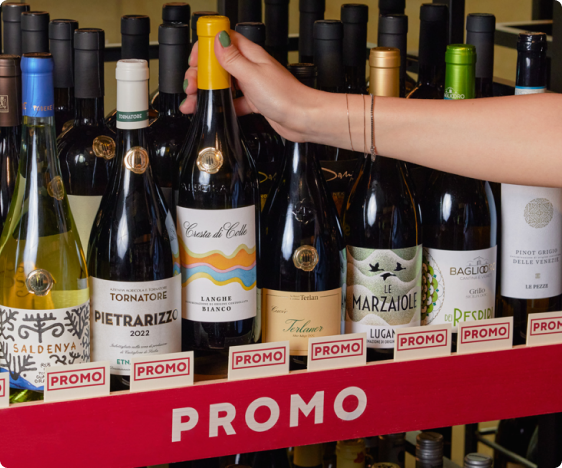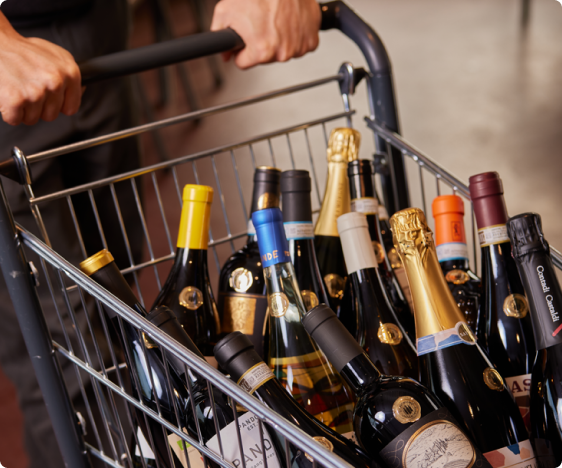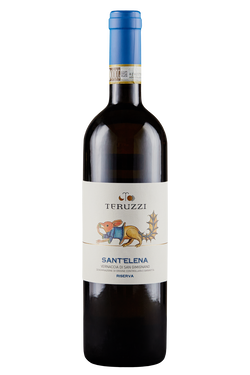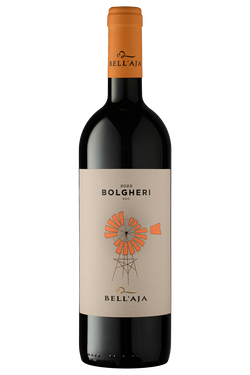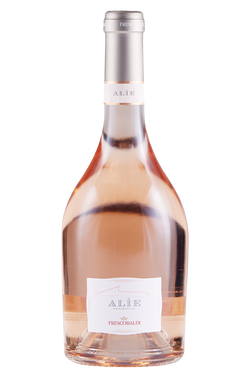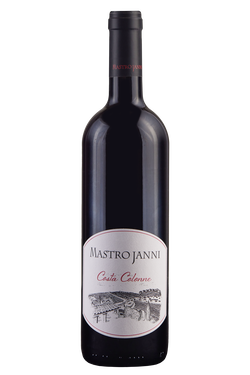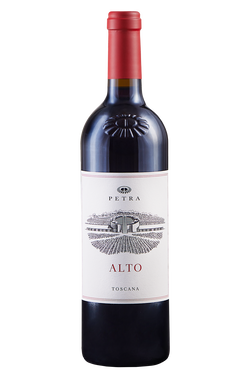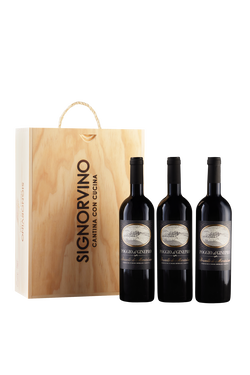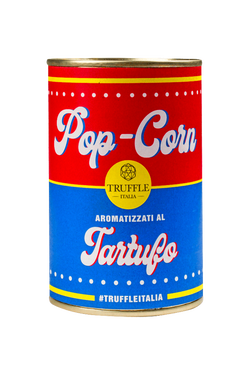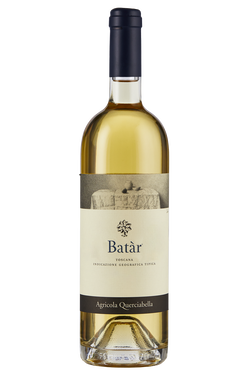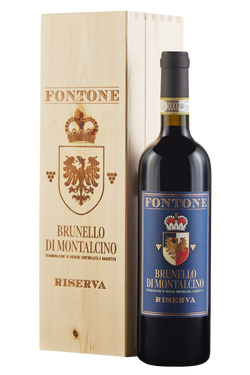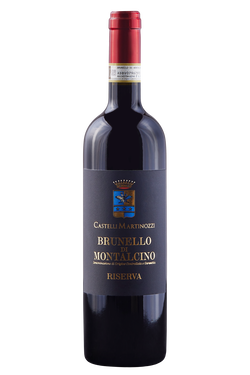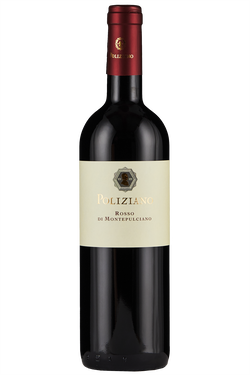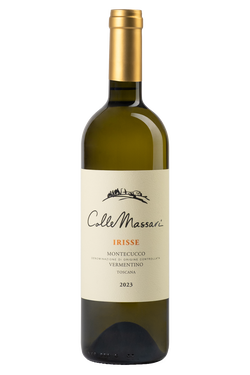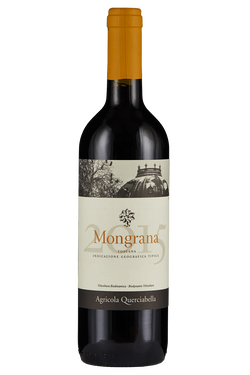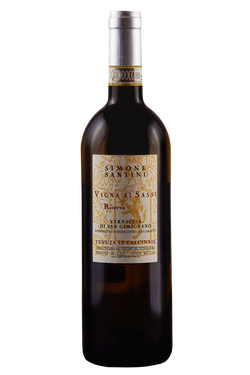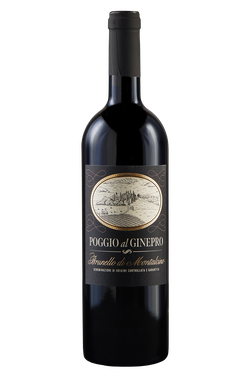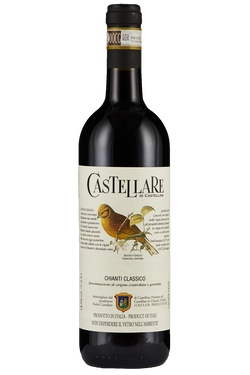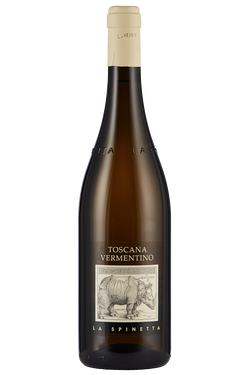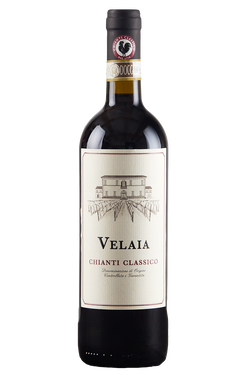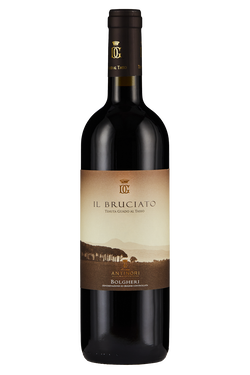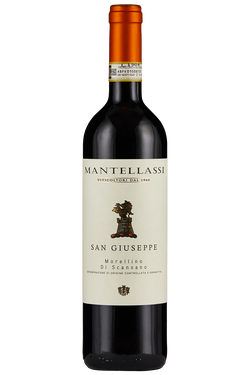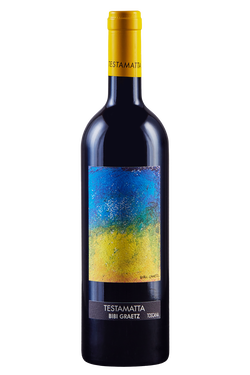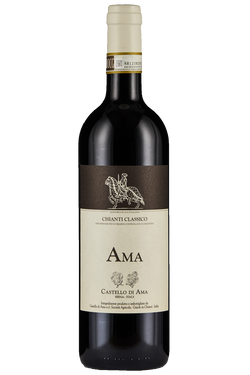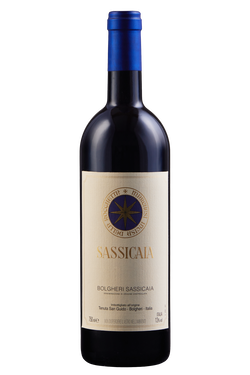- Wines >
- Tuscany
The history of Tuscan wines
We must go back to the time of the Etruscans if we want to find the origins of viticulture in Tuscany; it was not however until the Middle Ages that wine became an important commodity. The founding of the guild of the Arte dei Vinattieri dates back to 1282. In the early 1300s, the “Lega del Chianti” was founded, and the famous “Black Rooster” emblem was created, still surviving today as the symbol of Chianti Classico. Barone Bettino Ricasoli, in 1872, added Sangiovese to the Chianti blend to give greater vigour and aroma, as well as Canaiolo Nero to temper its acidity and astringency. In the same years, Brunello di Montalcino made its first appearance, thanks to Clemente Santi, chemist and pharmacist, who singled out Sangiovese Grosso as the most suitable variety for producing a high-quality wine. Of all Tuscan wines, Brunello di Montalcino is perhaps the most famous. Produced with Sangiovese grapes, it can be released for sale only five years after the harvest (six for the Riserva), with a minimum period of two years of barrel ageing. Tuscan viticulture is practiced mostly in hilly areas, where the vine finds an ideal environment, allowing the production of high-quality white and red wines. The most common training systems are archetto toscano, guyot with spurred cordon, multiple guyot, single-arched cane and horizontal cordon.
The varieties of Tuscany
There are different types of Chianti, while there are seven sub-zones of Chianti DOCG: Colli Aretini, Colli Senesi, Colli Fiorentini, Colline Pisane, Rufina, Montalbano and Montespertoli. Vino Nobile di Montepulciano was already known in the 1500s for its quality, and was also widely praised by Sante Lancerio, the bottler of Pope Paul III Farnese; in 1980 it was awarded DOCG status. Carmignano DOCG is another winegrowing area with a long tradition. It is located in the province of Prato and produces exclusively red wines from Sangiovese, Canaiolo Nero, Cabernet Sauvignon and Cabernet Franc grapes. Vernaccia di San Gimignano DOCG is a fine white wine produced from the variety of the same name. Nor should we forget Morellino di Scansano, mainly produced from the Sangiovese variety, known locally as Morellino. Tuscany has several native vines of particular interest, and this makes the region particularly worthy of note on the wine scene. Tuscan varieties can be distinguished on the basis of the different shapes and colours of the grapes, bunch and leaves, as well as the different periods of ripening and the different sensory profiles of the wines obtained from them.
Tuscan red and white wines
Tuscany’s vineyards are mainly planted to black grape varieties (accounting for about 85% of the area under vine). The most widespread white grape variety is Trebbiano Toscano, followed by Malvasia Bianca Lunga, Vernaccia di San Gimignano, and Ansonica. Even Chardonnay is widely grown, and is used to produce white wines, often barrique aged. The reputation of the “Supertuscans” led to the introduction of other international black grape varieties to Tuscany, including Cabernet Sauvignon, Merlot, Pinot Noir and Syrah. Even in Chianti itself, Cabernet Sauvignon and Merlot are increasingly used alongside Sangiovese. Central Tuscany is the historical heart of the region, where Sangiovese reigns supreme. Chianti Classico and all the sub-areas of Chianti, the Prato area with Carmignano, the Sienese area with Brunello di Montalcino, Vino Nobile di Montepulciano, and Vernaccia di San Gimignano, and the Arezzo area from Valdarno to Valdichiana, have always been emblematic of wine-growing in Tuscany. The Tyrrhenian coast of Tuscany sees the coexistence of different historical areas and wines, such as the territory of Candia dei Colli Apuani and those of Lucca, Elba and Maremma, with its Morellino di Scansano. Nor should we forget the recent success of Livorno and Pisa’s coastal vineyards, from Montescudaio to Bolgheri and Val di Cornia, where various international varieties dominate. Tuscany is certainly, together with Piedmont , one of the Italian regions synonymous with wines of the highest quality. The region is big in every sense, covering 23,000 sq km, of which 67% is hilly, 25% mountainous and 8% flat, including the islands of the Tuscan Archipelago. Wine production concerns the whole of Tuscany, and its hillsides are everywhere dotted with vineyards.
Wine-food pairing
Pairing wines with dishes is an art, but Tuscan wine production is so varied that it provides the perfect accompaniment for any dish, from meat or fish, to appetizers and desserts. Nor should we forget the sacred simplicity of unsalted bread in Tuscany. It would be a crime to throw it away, and there is a whole range of traditional recipes that show us how to use stale leftovers to create delicious, fragrant dishes that are just made to be accompanied by a Chianti: panata, ribollita, acquacotta, pappa al pomodoro, vegetable soup, farinata, soup of cavolo nero and pan co’ santi. A must-try classic is thick-cut “fiorentina” steak, to be enjoyed with Vino Nobile di Montepulciano. Sangiovese, the region’s main grape variety, is a great interpreter of the unique characteristics of the Chianti Classico zone. Chianti Classico must contain a minimum of 80% Sangiovese grapes, with other varieties – which since 2006 must be exclusively red grape cultivars – accounting for a maximum of 20%. Each production phase of Chianti Classico, from the vineyard to the bottle, must take place within the boundaries of the Chianti Classico area, covering 70,000 hectares in eight municipalities, between the cities of Florence and Siena, in the heart of Tuscany. Every bottle of Chianti Classico is distinguished by the Black Rooster mark, a symbol linked to the territory since the 14th century, placed on the neck of the bottle or on the back label. There are several versions of the wine. Gran selezione: wine produced from a single vineyard or from a selection of the best grapes exclusively owned by the winery, minimum ageing of 30 months, with bottle ageing accounting for three of them. Riserva: from the year’s best grapes, aged for a minimum of 24 months, of which three months in the bottle. Classico: minimum ageing of 12 months. The colour of Chianti Classico starts out brilliant ruby in the younger versions, tending to shades of deep garnet red with ageing. Its aromas tend towards red berry and forest fruits, with evolved spice and toasty notes that increase with barrel ageing. Particularly suitable for red meat-based dishes, the velvety, savoury palate, with well-dosed tannins, goes well with grilled meats and mature cheeses, while Riserva versions also make a fine pairing for game. A pairing that works equally well with richly-flavoured foods such as game and grilled red meat, as well as with a classic Tuscan platter of appetizers, tasty cured meats and cheeses, is a Bolgheri with its characteristic softness and roundness.
